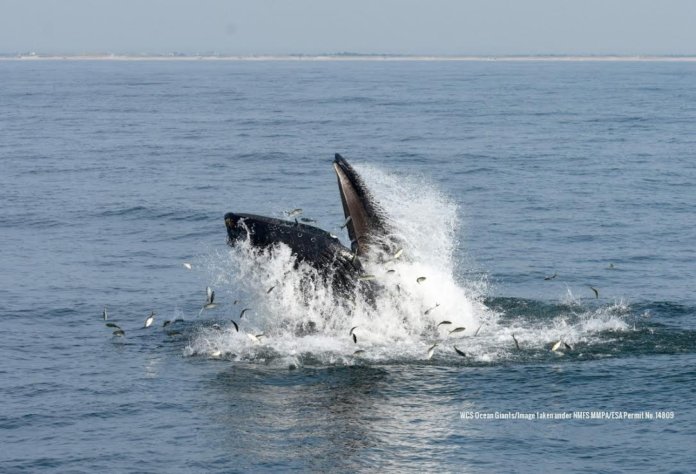Equinor Wind US, the Wildlife Conservation Society’s New York Aquarium, and the Woods Hole Oceanographic Institution (WHOI) have launched a joint project to deploy two new near-real-time acoustic buoys designed to expand the detection and monitoring of whale species in the waters of the New York Bight.
The buoys will provide near-real-time monitoring of species such as the sei whale, fin whale, humpback whale and endangered North Atlantic right whale. The new devices will build on prior monitoring work conducted in the New York Bight with an acoustic buoy, funded by the G. Unger Vetlesen Foundation and the Flora Family Foundation.
The new buoys will help marine conservation scientists increase their understanding of whale species that spend time in and migrate through the waters off the coasts of New York and New Jersey. Importantly, the data will also help inform ecologically sound decisions for potential development within Equinor’s offshore wind lease site.
The effort will also provide the general public with a window into the behaviors of acoustically sensitive marine mammals that live in the coastal areas. The data will be publicly available online and eventually put on display in the New York Aquarium.
“We are grateful for the opportunity to collaborate with the New York Aquarium and the Woods Hole Oceanographic Institution, two of the leaders in the marine science community,” says Christer af Geijerstam, president of Equinor Wind US. “The offshore wind industry has a logical role to play as a partner to marine biologists and others interested in better understanding and preserving the health of our oceans. This project will also help make Equinor better stewards of this lease site by providing data that informs our operational decision-making well into the future.”
“Renewable energy is vital to the future of our society, and it’s important to see it move forward with minimal impact on the environment,” notes Dr. Mark Baumgartner of WHOI.




